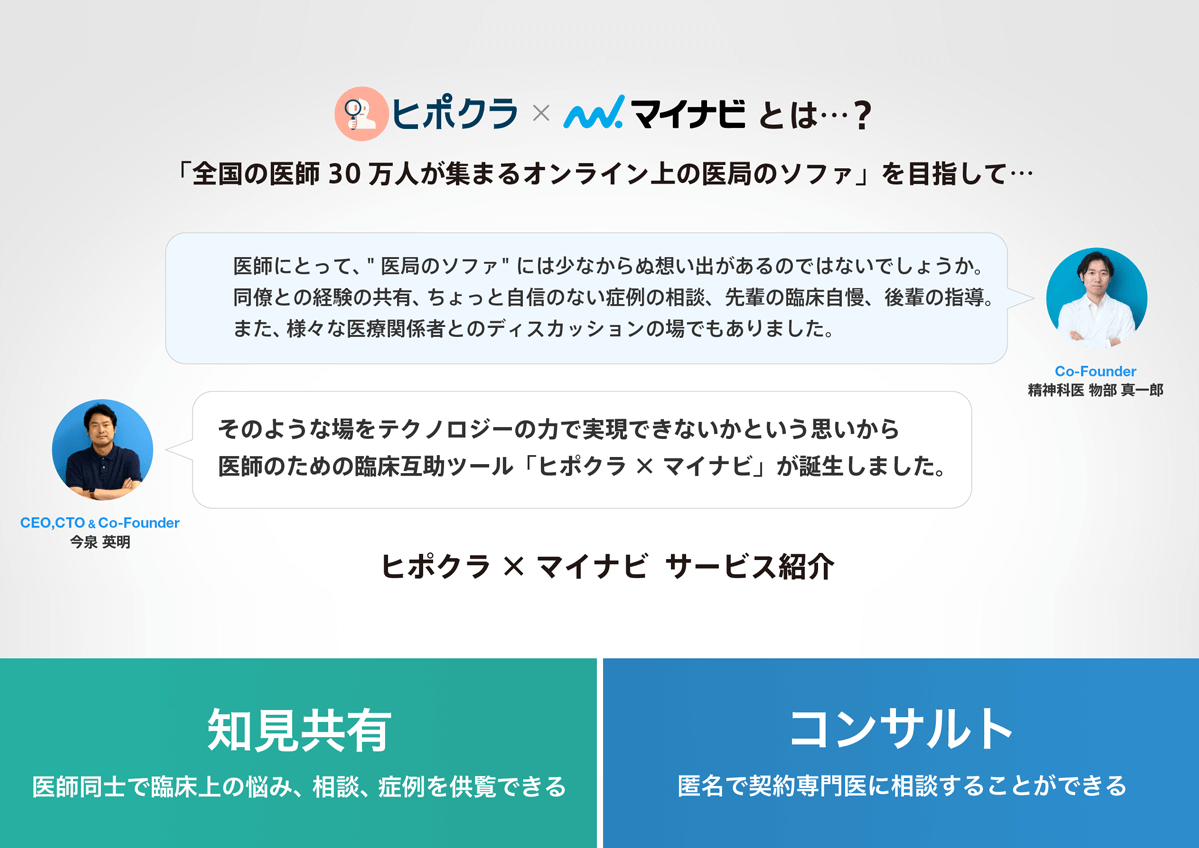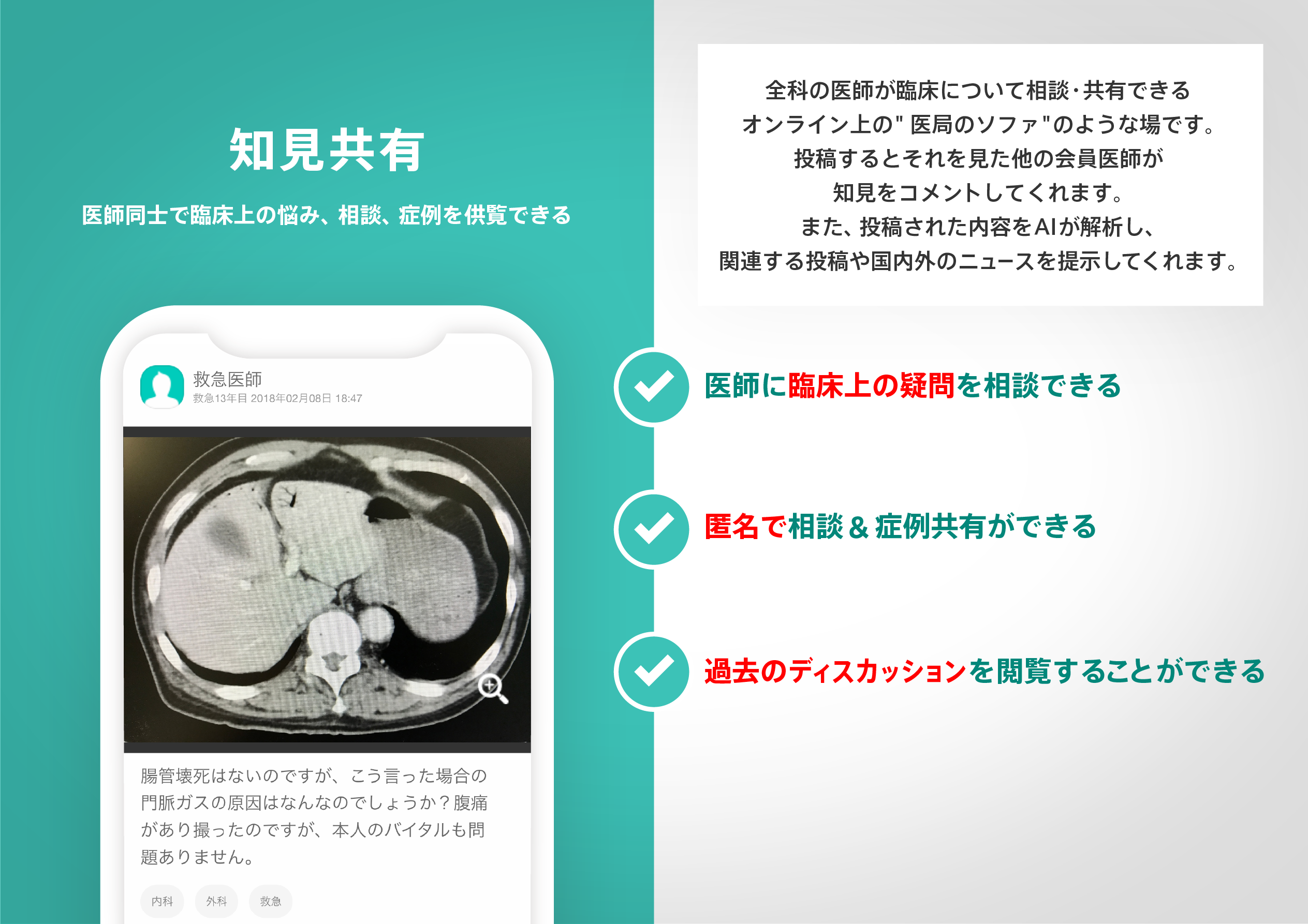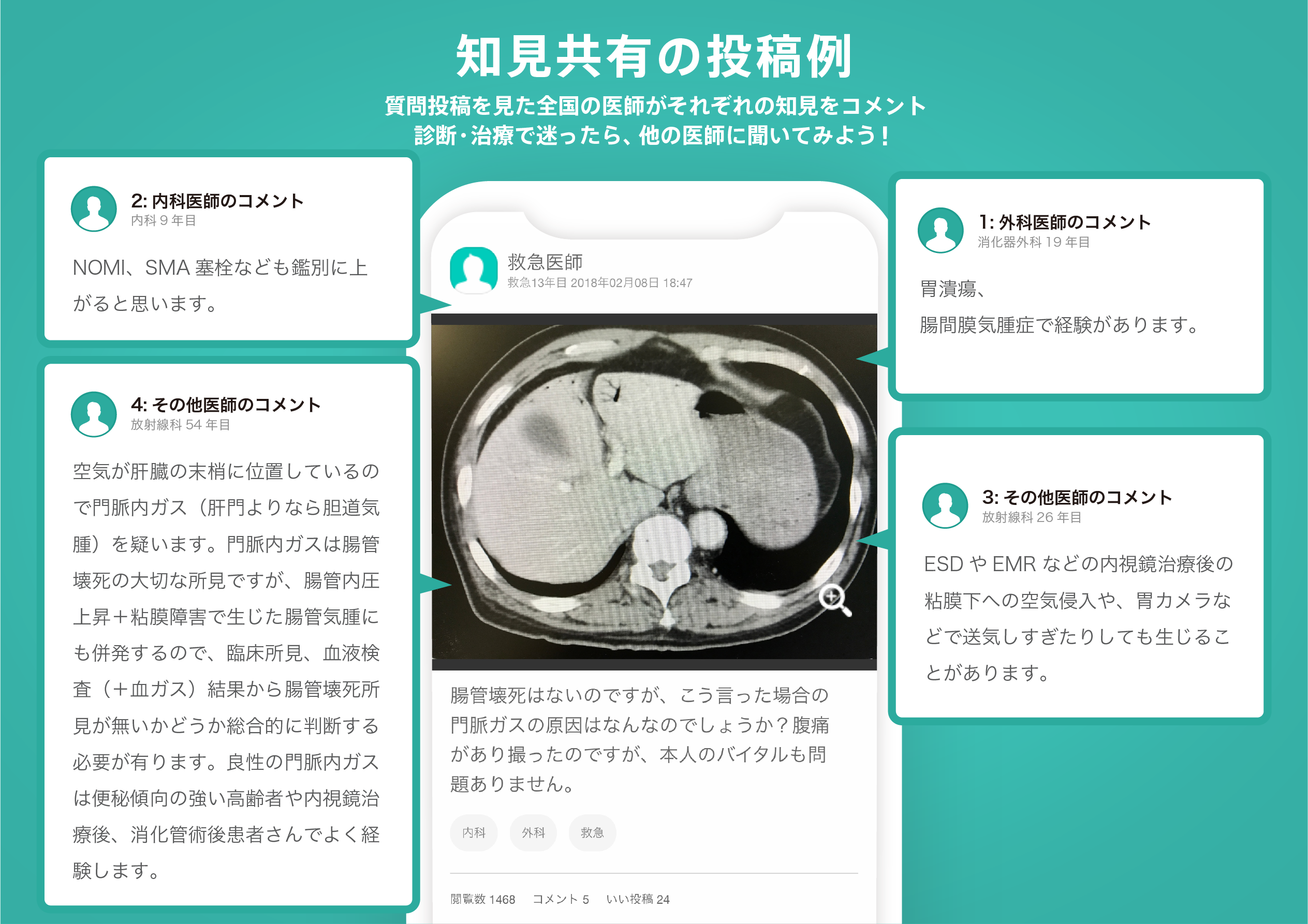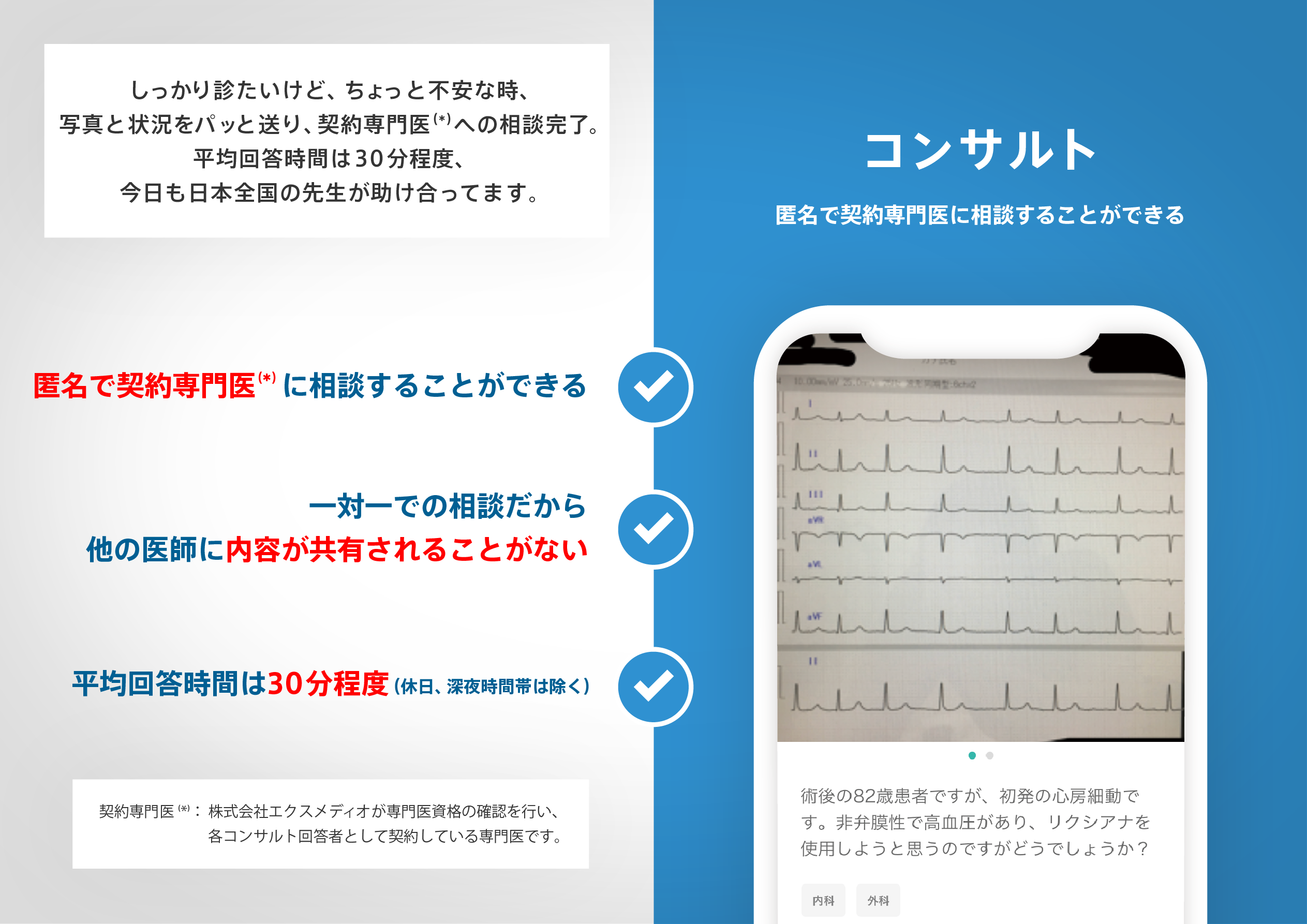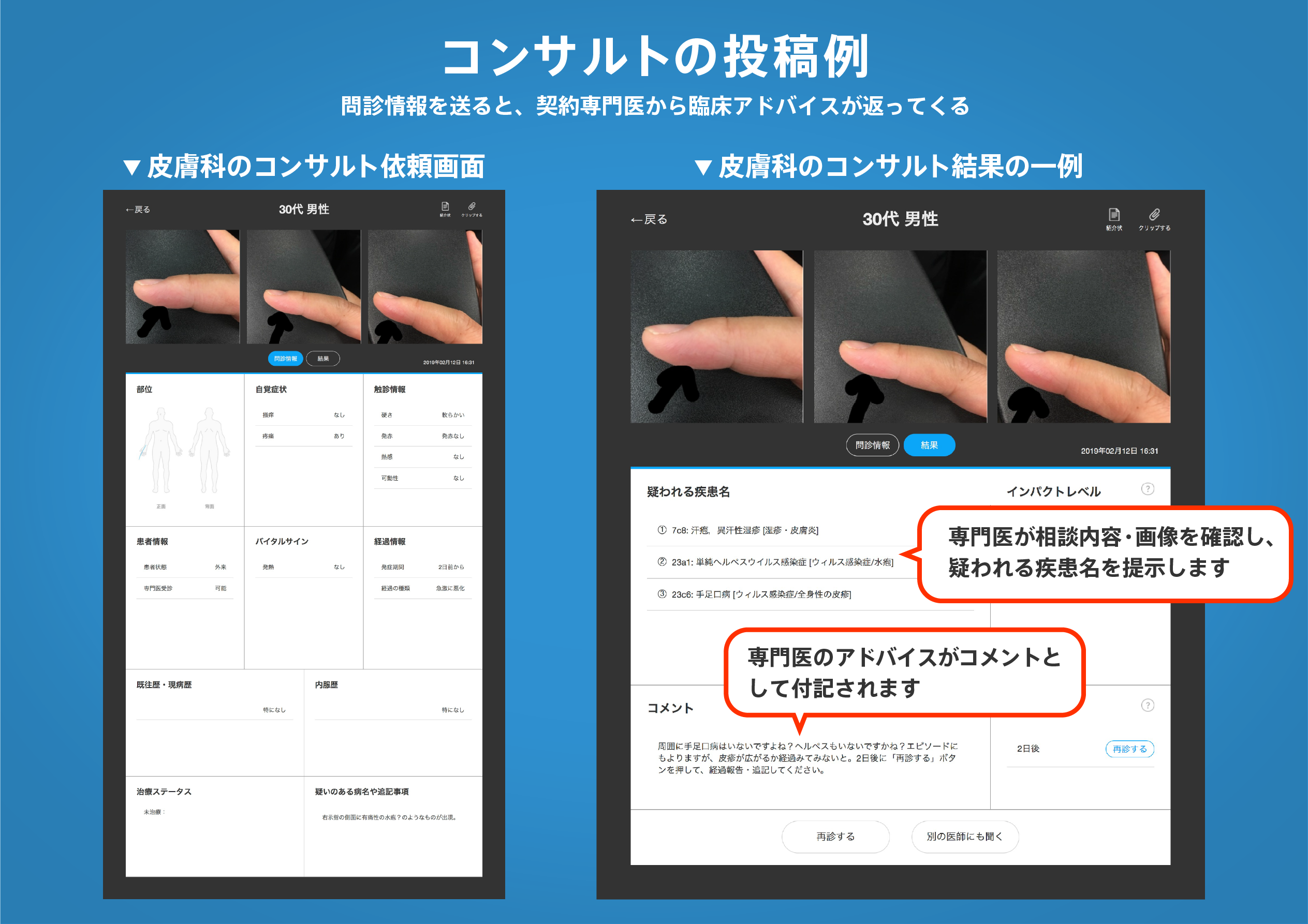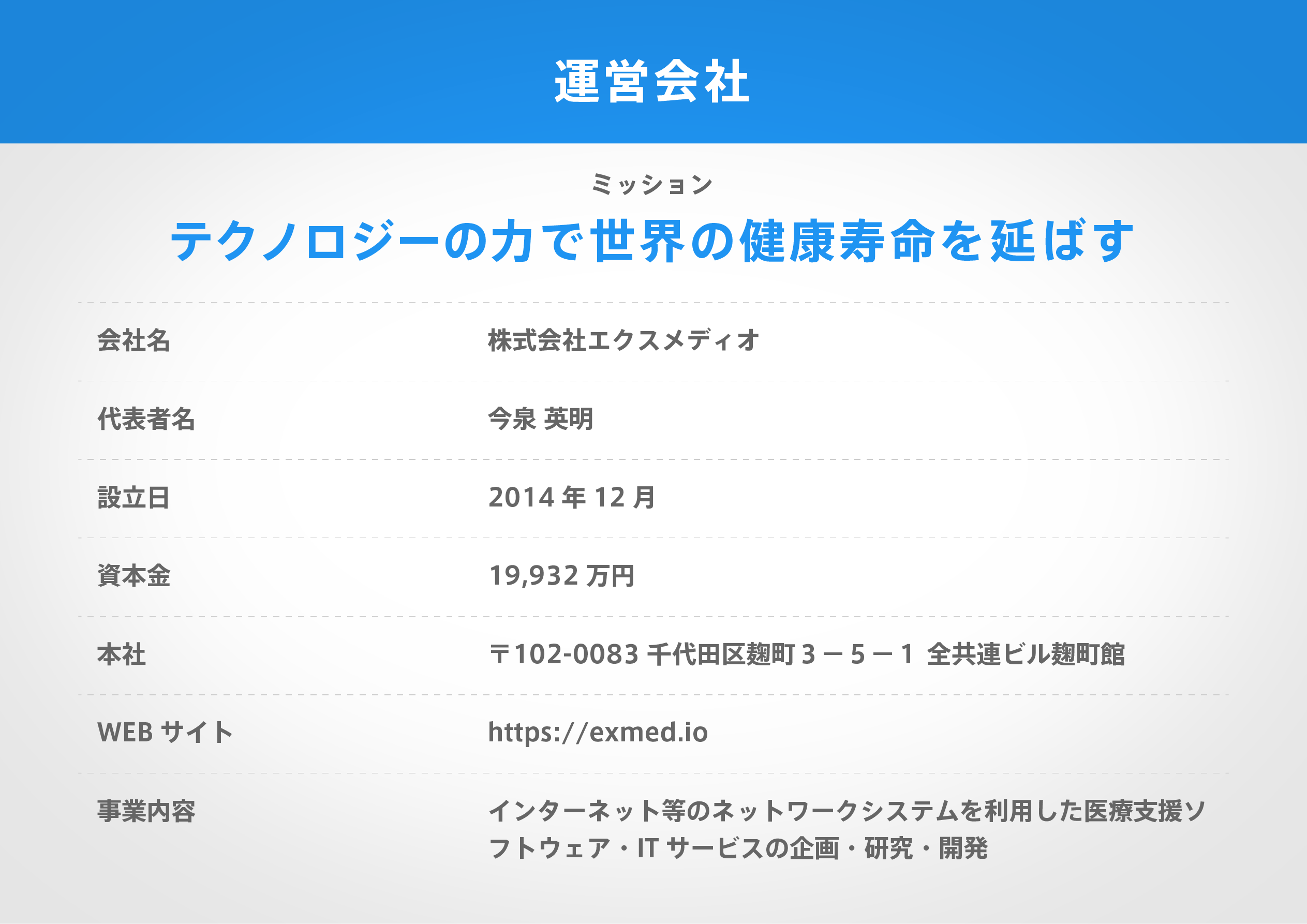著名医師による解説が無料で読めます
すると翻訳の精度が向上します
背景:摂取の障壁として限られた野菜へのアクセスに対処するための農場から制度への介入の約束にもかかわらず、女性、乳児、子供(WIC)のための特別な補足栄養プログラムのために設計されたプログラムは不足しています。そのため、農場への介入が野菜の摂取に影響し、そのようなプログラムに対する参加者の満足度に影響を与える行動の実装とメカニズムについてはほとんど知られていない。 目的:野菜摂取を促進するための農場から妻の介入が意図されたとおりに実装されたかどうかを調べるために、植物関連の知識、態度、および態度の中間結果における通常のケアコントロールグループの介入と比較して介入を受けた参加者の違いを調べること行動、および身体活動と体重の状態の二次的な結果。介入に対する参加者の満足。 設計:実装の忠実度ログとパイロット研究の一部として収集された調査データの記述的および比較分析を含むプロセス評価が実施されました。 参加者/設定:設定は、ニュージャージー州の大規模な都市のWIC代理店でした。2019年6月3日から8月1日の間に募集されてから、機関の17のサイトのうち3つ(1つの介入と2つのコントロールサイト)で、参加者は297人の主にヒスパニック系成人でした(介入サイトに160人、コントロールサイトで137人)。 介入:WICベースの農民市場の導入、地域農家の市場へのフィールドトリップ、電話のコーチングとサポート、レシピのデモンストレーションと試飲と、行動に焦点を当てた指導と配布資料を組み合わせた介入。 主な結果測定:主要な結果は、野菜摂取量(自己報告を介して測定され、摂取量のバイオマーカーとして皮膚カロテノイドを客観的に使用して測定)と、農民市場での果物と野菜の購入のためにWICが提供するバウチャーの償還(農民市場で提供されたバウチャーのredいでした(wic)。プロセス評価のために、ログを使用してプログラムアクティビティを文書化しました。野菜関連の知識、態度、行動、身体活動、介入に対する満足度は、参加者のアンケートで評価されました。体重状態は、身長と体重の直接的な測定値で評価されました。データは、ベースラインおよび介入後および介入後(それぞれベースライン後3および6か月)で収集されました。 実行された統計分析:記述統計を使用して、実装の忠実度を特徴付けました。中間と二次的な結果と野菜の摂取量との関連は、ベースラインでピアソン相関と調べられました。結果のベースライン後のグループ間の違いは、ベースライン値と共変量に対して調整された線形混合効果モデルで調べられました。介入に対する満足度は、推論的およびテーマ分析で評価されました。 結果:介入後、植物摂取の測定値は、対照研究グループと比較して介入において高かった。介入の受領は、バウチャーの償還の可能性が高いことにも関連していました。ほぼすべての参加者(94%以上)は、WICベースの農民市場で意図した介入を受けました。少ない割合は、地域の農家市場(28%)と電話のコーチングとサポートコール(88%)への1回以上の計画旅行を完了しました。ほとんどの中間および二次的な結果は、ベースラインでの植物摂取の測定に関連していましたが、変数は介入後の研究グループ間で違いはありませんでした。平均満足度の評価は、7ポイントスケールで6.8以上でした。レシピのデモンストレーション、野菜、フィールドトリップ、およびスタッフとの関係についての学習は、プログラムについて最も好まれていました。フィールドトリップに日と時間を追加することが提案されましたが、市場の日数と営業時間の制限は、そうする能力を制限しました。 結論:予備データは、この好評の介入の約束を強調しています。中間結果の調査結果は、このプログラムの将来の大規模な試験で、他の潜在的な介入メカニズムを考慮すべきであることを示唆しています。サービスの行き届いていないコミュニティの農民市場へのアクセスを改善するには、広範なイニシアチブが必要です。
背景:摂取の障壁として限られた野菜へのアクセスに対処するための農場から制度への介入の約束にもかかわらず、女性、乳児、子供(WIC)のための特別な補足栄養プログラムのために設計されたプログラムは不足しています。そのため、農場への介入が野菜の摂取に影響し、そのようなプログラムに対する参加者の満足度に影響を与える行動の実装とメカニズムについてはほとんど知られていない。 目的:野菜摂取を促進するための農場から妻の介入が意図されたとおりに実装されたかどうかを調べるために、植物関連の知識、態度、および態度の中間結果における通常のケアコントロールグループの介入と比較して介入を受けた参加者の違いを調べること行動、および身体活動と体重の状態の二次的な結果。介入に対する参加者の満足。 設計:実装の忠実度ログとパイロット研究の一部として収集された調査データの記述的および比較分析を含むプロセス評価が実施されました。 参加者/設定:設定は、ニュージャージー州の大規模な都市のWIC代理店でした。2019年6月3日から8月1日の間に募集されてから、機関の17のサイトのうち3つ(1つの介入と2つのコントロールサイト)で、参加者は297人の主にヒスパニック系成人でした(介入サイトに160人、コントロールサイトで137人)。 介入:WICベースの農民市場の導入、地域農家の市場へのフィールドトリップ、電話のコーチングとサポート、レシピのデモンストレーションと試飲と、行動に焦点を当てた指導と配布資料を組み合わせた介入。 主な結果測定:主要な結果は、野菜摂取量(自己報告を介して測定され、摂取量のバイオマーカーとして皮膚カロテノイドを客観的に使用して測定)と、農民市場での果物と野菜の購入のためにWICが提供するバウチャーの償還(農民市場で提供されたバウチャーのredいでした(wic)。プロセス評価のために、ログを使用してプログラムアクティビティを文書化しました。野菜関連の知識、態度、行動、身体活動、介入に対する満足度は、参加者のアンケートで評価されました。体重状態は、身長と体重の直接的な測定値で評価されました。データは、ベースラインおよび介入後および介入後(それぞれベースライン後3および6か月)で収集されました。 実行された統計分析:記述統計を使用して、実装の忠実度を特徴付けました。中間と二次的な結果と野菜の摂取量との関連は、ベースラインでピアソン相関と調べられました。結果のベースライン後のグループ間の違いは、ベースライン値と共変量に対して調整された線形混合効果モデルで調べられました。介入に対する満足度は、推論的およびテーマ分析で評価されました。 結果:介入後、植物摂取の測定値は、対照研究グループと比較して介入において高かった。介入の受領は、バウチャーの償還の可能性が高いことにも関連していました。ほぼすべての参加者(94%以上)は、WICベースの農民市場で意図した介入を受けました。少ない割合は、地域の農家市場(28%)と電話のコーチングとサポートコール(88%)への1回以上の計画旅行を完了しました。ほとんどの中間および二次的な結果は、ベースラインでの植物摂取の測定に関連していましたが、変数は介入後の研究グループ間で違いはありませんでした。平均満足度の評価は、7ポイントスケールで6.8以上でした。レシピのデモンストレーション、野菜、フィールドトリップ、およびスタッフとの関係についての学習は、プログラムについて最も好まれていました。フィールドトリップに日と時間を追加することが提案されましたが、市場の日数と営業時間の制限は、そうする能力を制限しました。 結論:予備データは、この好評の介入の約束を強調しています。中間結果の調査結果は、このプログラムの将来の大規模な試験で、他の潜在的な介入メカニズムを考慮すべきであることを示唆しています。サービスの行き届いていないコミュニティの農民市場へのアクセスを改善するには、広範なイニシアチブが必要です。
BACKGROUND: Despite the promise of farm-to-institution interventions for addressing limited vegetable access as a barrier to intake, programs designed for the Special Supplemental Nutrition Program for Women, Infants, and Children (WIC) are lacking. As such, little is known about the implementation of, and mechanisms of action through which, farm-to-WIC interventions affect vegetable intake and participant satisfaction with such programs. OBJECTIVE: To examine whether a farm-to-WIC intervention to promote vegetable intake was implemented as intended, differences between participants who received the intervention relative to those in a usual-care control group in intermediate outcomes of vegetable-related knowledge, attitudes, and behaviors, and secondary outcomes of physical activity and weight status; and participant satisfaction with the intervention. DESIGN: A process evaluation encompassing descriptive and comparative analyses of implementation fidelity logs and survey data collected as part of a pilot study was conducted. PARTICIPANTS/SETTING: The setting was a large, New Jersey-based, urban WIC agency. Recruited between June 3 and August 1, 2019 through 3 of the agency's 17 sites (1 intervention and 2 control sites), participants were 297 primarily Hispanic adults (160 enrolled at the intervention site and 137 at control sites). INTERVENTION: The intervention combined behaviorally focused instruction and handouts with the introduction of a WIC-based farmers' market, field trips to an area farmers' market, telephone coaching and support, and recipe demonstrations and tastings. MAIN OUTCOME MEASURES: Primary outcomes were vegetable intake (measured via self-report and objectively using dermal carotenoids as a biomarker of intake) and the redemption of vouchers provided by WIC for fruit and vegetable purchases at farmers' markets (measured objectively using data provided by WIC). For the process evaluation, logs were used to document program activities. Vegetable-related knowledge, attitudes, and behaviors, physical activity, and satisfaction with the intervention were assessed with participant questionnaires. Weight status was assessed with direct measures of height and weight. Data were collected at baseline and at mid- and post-intervention (3 and 6 months post-baseline, respectively). STATISTICAL ANALYSES PERFORMED: Descriptive statistics were used to characterize implementation fidelity. Associations between intermediate and secondary outcomes and vegetable intake were examined at baseline with Pearson correlations. Post-baseline between-group differences in the outcomes were examined with linear mixed-effects models adjusted for baseline values and covariates. Satisfaction with the intervention was assessed with inferential and thematic analyses. RESULTS: Post-intervention, measures of vegetable intake were higher in the intervention relative to the control study group. Receipt of the intervention was also associated with a greater likelihood of voucher redemption. Nearly all participants (≥94%) received the intervention as intended at the WIC-based farmers' market; smaller percentages completed 1 or more planned trips to the area farmers' market (28%) and telephone coaching and support calls (88%). Although most intermediate and secondary outcomes were associated with measures of vegetable intake at baseline, the variables did not differ between study groups post-intervention. Mean satisfaction ratings were ≥6.8 on a 7-point scale. Recipe demonstrations, learning about vegetables, field trips, and the rapport with staff were liked most about the program. Although adding days and times for field trips was suggested, limited market days and hours of operation limited the ability to do so. CONCLUSIONS: Preliminary data highlight the promise of this well-received intervention. Intermediate outcome findings suggest that other potential intervention mechanisms of action should be considered in future large-scale trials of this program. Broad-scale initiatives are needed to improve access to farmers' markets in underserved communities.
医師のための臨床サポートサービス
ヒポクラ x マイナビのご紹介
無料会員登録していただくと、さらに便利で効率的な検索が可能になります。

